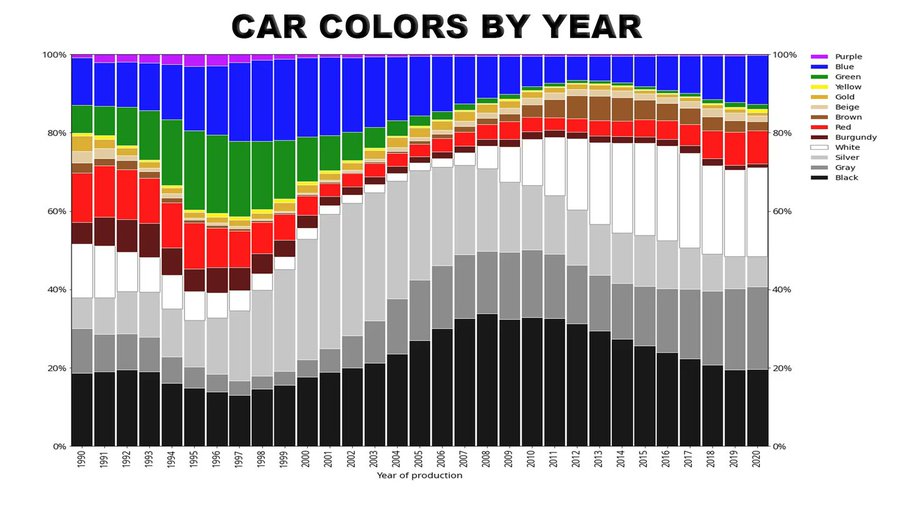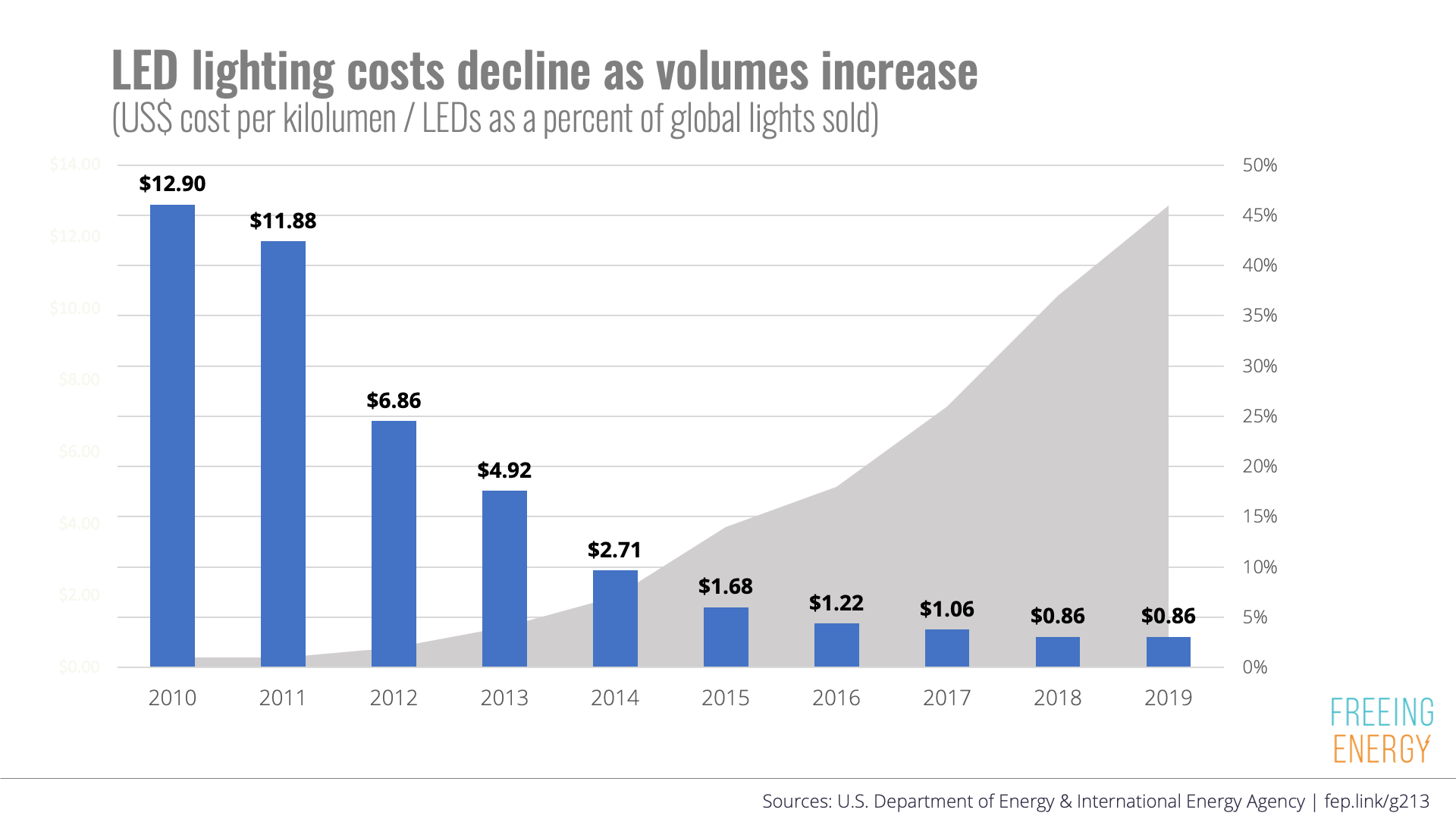I’ve been mentally replaying how different my language-obsessed childhood would have been if GPT had been around then.
Even now, while my head says “you don’t need to learn more languages”, it’s hard to stay away from such a shiny new thing.
So here are some of the ways I’ve been using GPT for langauge study
Conversation
Moving general-purpose interactions with GPT into the language I’m learning is a good step towards immersion. It’s a big step up from just reading foreign-language materials online – this way I’m forced to compose full-sentence queries in my target languge.
Ideally, GPT would correct my text while I’m doing this. Alas, it tends to abandon the language-tuition side-quest and focus in on whatever else we are talking about. This fits a general pattern where GPT is pretty bad at balancing multiple tasks within a single conversation
Where I don’t know a language well enough to talk to GPT in it, I can ask it to fill in the blanks. I start off with a prompt like this:
If I write in English in quotation marks (“like this”), you should translate what I write into simple Turkish. If I write in Turkish, you should correct any mistakes and reply in simple Turkish. If I write in English without quotation marks, you should reply in English
Here is an alternative prompt in a similar style.
Explanation
GPT does a reasonable job of explaining grammar:
Please explain the form and meaning of the past definite verb in Turkish. Give examples
Of course, there’s not much advantage of doing this over looking in a textbook. Where GPT shines is in explaining words in context, such as explaining a line from a Turkish pop song:
gloss the meaning and grammatical form of each word in this line: Dedim ama kalbim sanki karakolda
- Dedim: “I said” – past tense of the verb “demek” (to say)
- ama: “but” – conjunction used to indicate a contrast or contradiction
- kalbim: “my heart” – noun (heart)
- sanki: “as if” – conjunction used to indicate a comparison or resemblance
- karakolda: “in a police station” – noun phrase (police station)
Overall meaning: “I said it, but my heart feels as if it’s in a police station.”
Flashcards
I use Anki to memorize vocabulary. It’s a flashcard program with spaced repetition. That means it tries to quiz me on each word while I can just remember it, which helps the knowledge to burrow ever-deeper into my mind.
I can use ChatGPT to generate content for flashcards. Anki accetps
I will paste text in Turkish. You should create a glossary of all words used in the text, with English translation. The glossary should be in csv format: each line should be formatted as the Turkish word, then a comma, then the English translation. The lines should be arranged in order of the first appearance of the Turkish word in the text.
I’ve found it hard to prevent GPT inserting a space after the comma in this output format, and decided to just live with that.
I’d only recommend GPT’ing flashcards where you have some special need, such as vocabulary from a particular text or on a particular topic. If you just want a general word-list for a language, the hand-crafted shared decks available on the Anki website are much more reliable.
Language games
Squidgies is an app for GPT-enhanced language learning. They’ve done us a favour by releasing the prompts they use to generate language games and class activities. Things like:
Generate a list of questions for someone learning English to practice speaking. Topic: eating in a restaurant
or:
The objective of this game is for the player to have their partner guess the word they’re thinking of.
Correct grammatical errors and non-English text with CORRECTION on a new line. Accept partial sentences.
If the student’s response does not make sense, ask him/her to clarify what he means.





